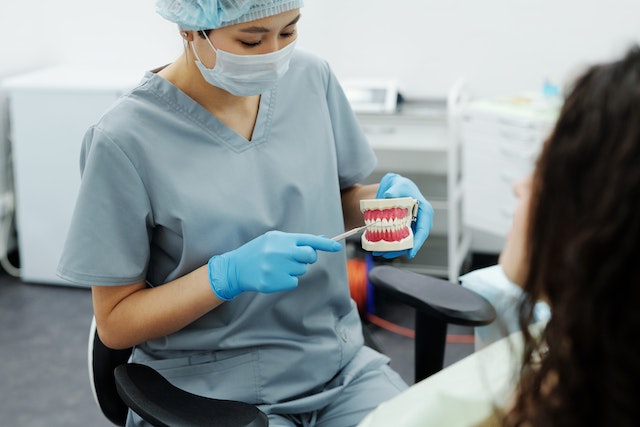Dazzling Tooth Repairs and Replacements

Fillings and Onlays
A cavity needs to be cleaned and filled quickly, or else the decay could reach the pulp and cause a severe infection. Much of the time, we can correct cavities with a basic filling; on the other hand, if the decay is a bit more extensive, we might need to cover it with a restoration called an onlay, which is also known as a partial crown. Fillings and onlays can both be made of metal, but for the front teeth we can also use tooth-colored materials that blend in with the rest of your smile.

Dental Crown & Bridge
A dental crown, as its name suggests, is placed on top of a tooth. Crowns are usually placed when the damage is severe enough that the tooth might break or fall apart if you continue to bite and chew with it. If a tooth is missing altogether, however, you might need a restoration known as a dental bridge; a pair of crowns are placed on the teeth adjacent to the gap and hold a prosthetic tooth between them.
Next, we will take impressions of your teeth and send them off to dental lab technicians who will create and customize your veneers. In between your two appointments, you will wear temporary veneers, but once your permanent ones are ready, you will return for your final visit. This is when we will remove the temporary ones and use a special cement to bond your permanent veneers onto your natural teeth.

Dentures & Partials
If you’ve lost most of the teeth in your upper or lower jaw, we can extract the remaining ones and replace the entire arch with full dentures. Typically made out of acrylic, dentures rest directly on their gums, using natural suction to stay in place. In cases where you still have plenty of teeth, any empty spaces can be filled using partial dentures. This type of restoration fits in your mouth like a puzzle piece and is held by a metal clasp.

Dental Implants
Many dentists recommend dental implants as the ideal way to replace missing teeth because they’re the only restoration that can take the place of both the root and the crown. A metal post is inserted into the jaw, and during a process called osseointegration it essentially becomes part of the bone; at that point, it can support a crown (or a bridge or dentures, depending on how many teeth are missing). Implant-retained restorations are stronger than traditional restorations and will not slip while chewing. The implant posts themselves can last for a lifetime when given proper care.

